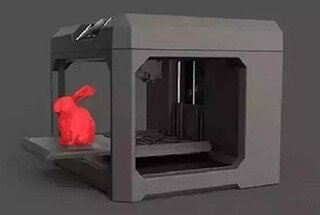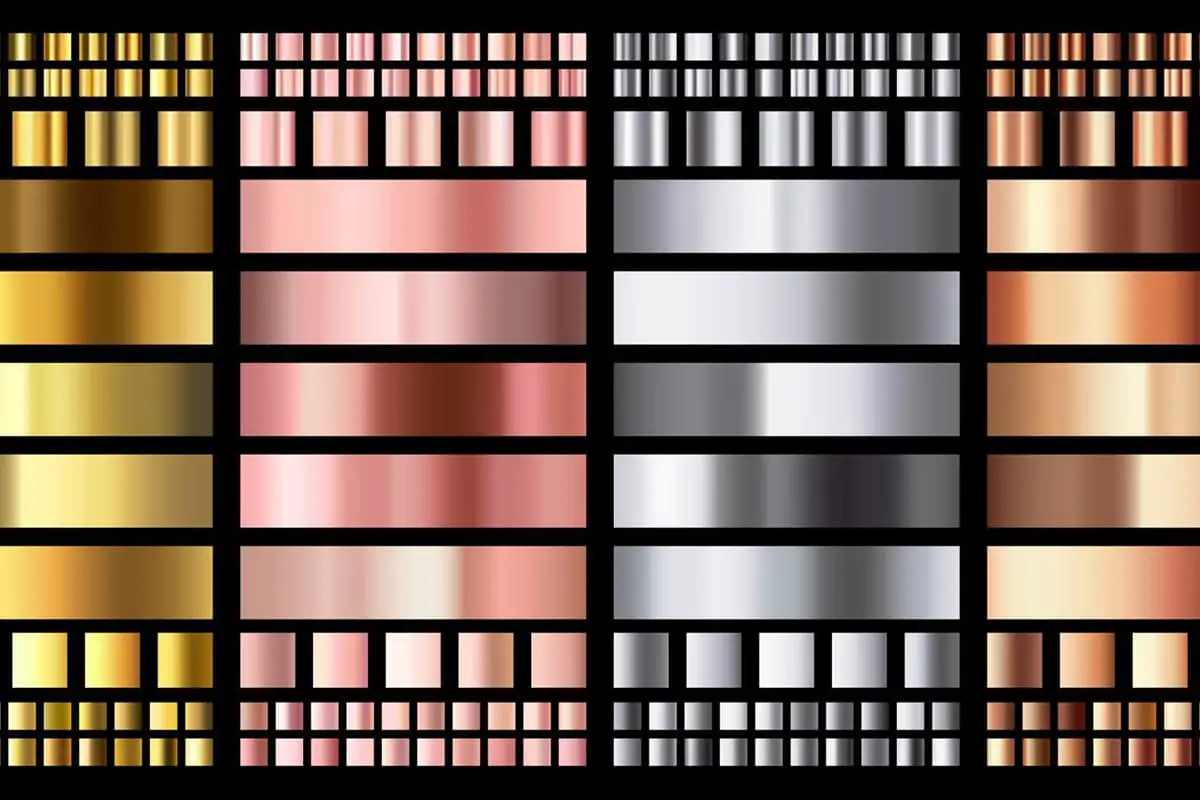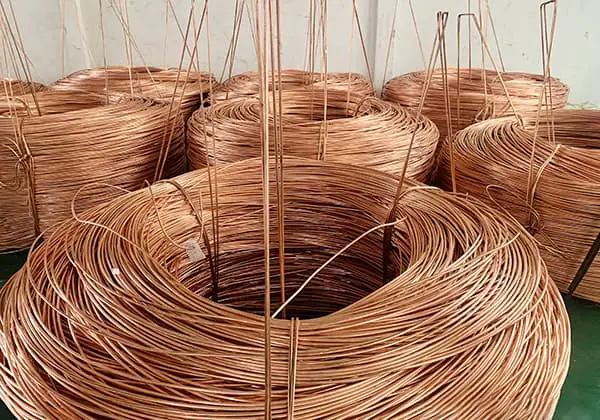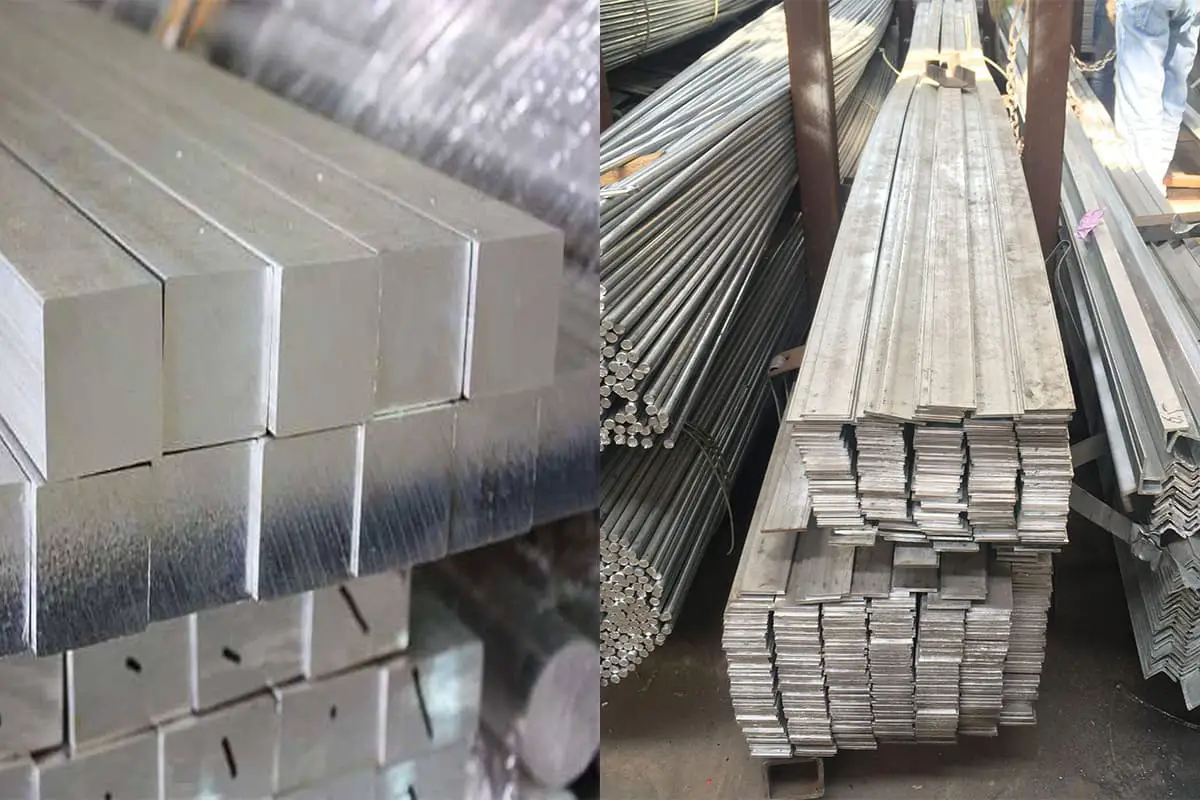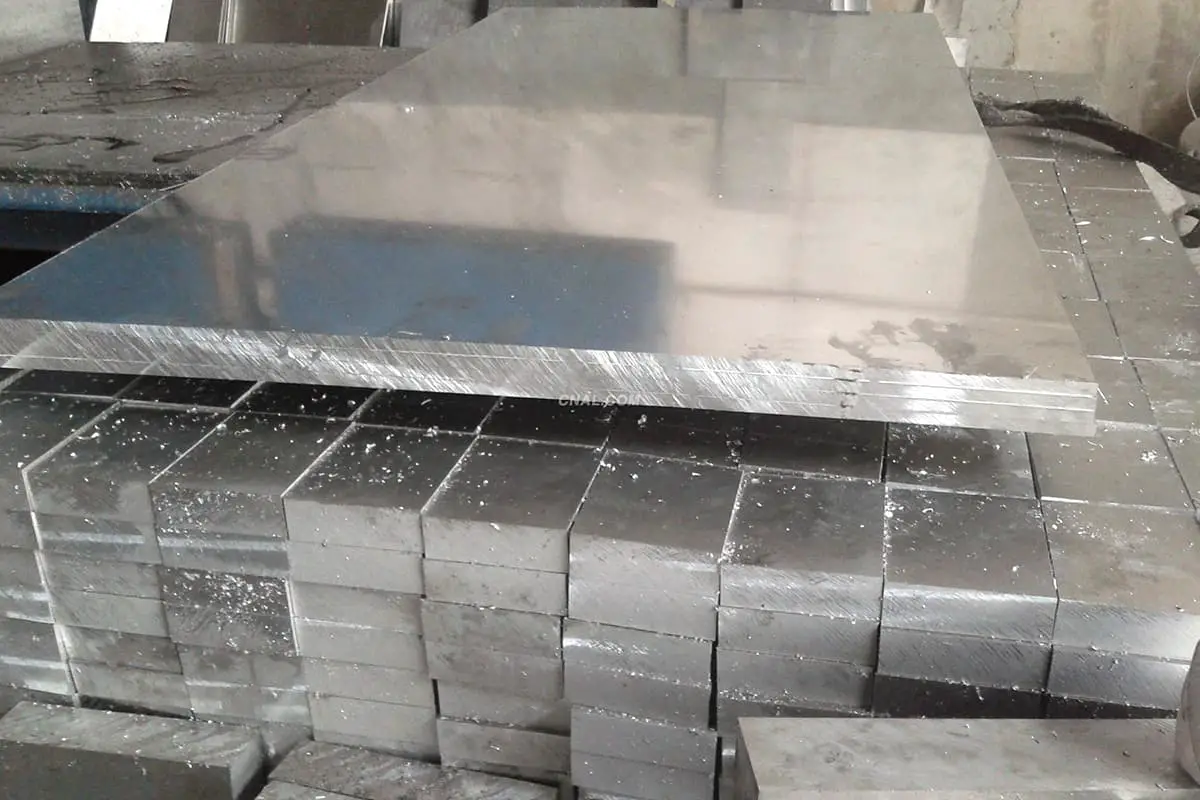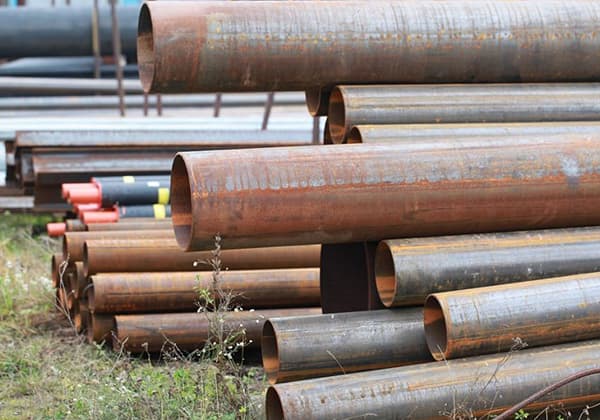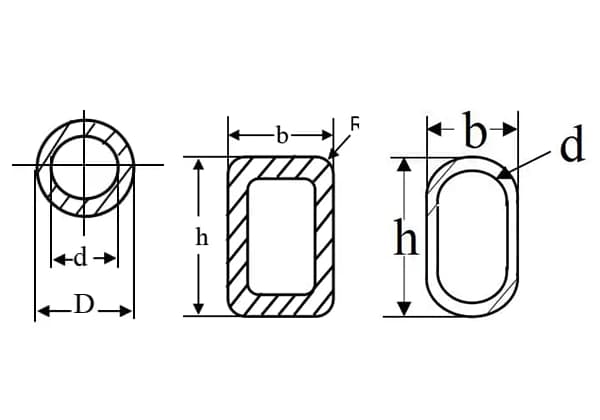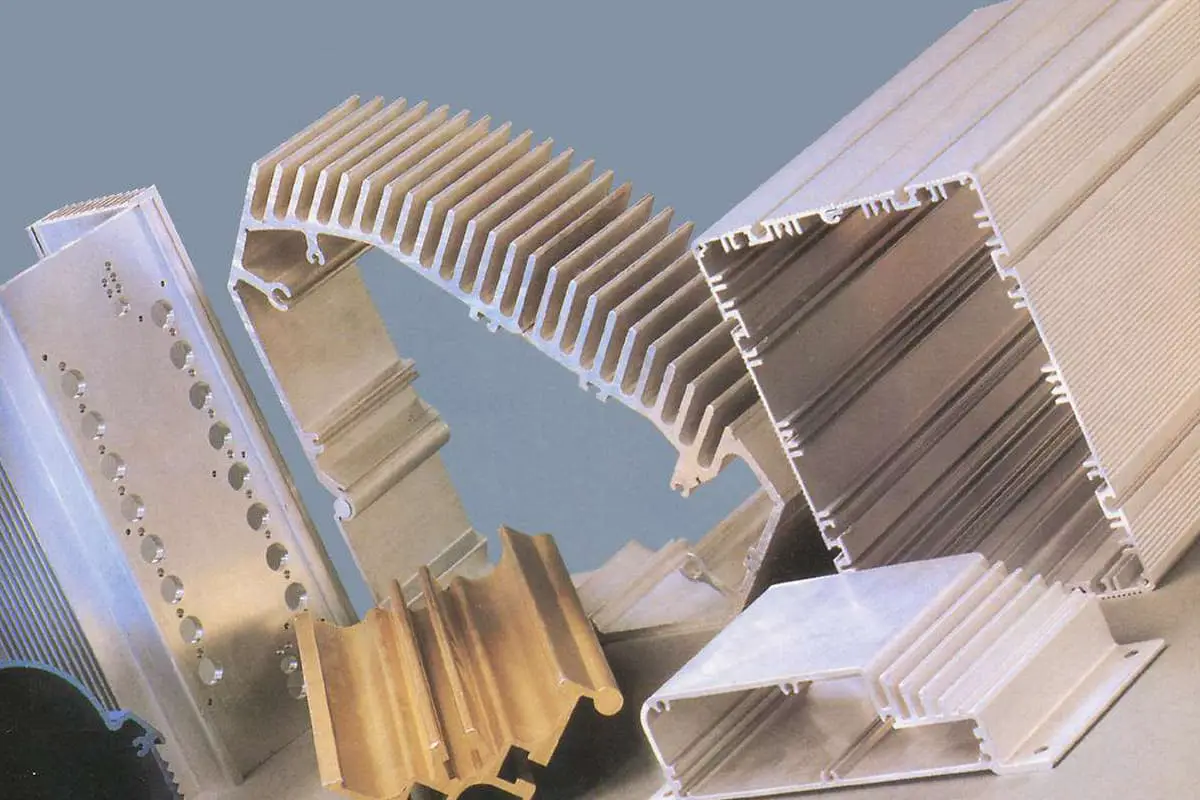
Have you ever wondered why aluminum is everywhere, from soda cans to airplanes? This article delves into the diverse applications of aluminum alloys, categorized by their series. Learn about the unique properties and uses of various aluminum grades, such as the high-strength 7000 series used in aerospace, or the corrosion-resistant 5000 series ideal for marine environments. By the end, you’ll understand how aluminum’s versatility makes it indispensable in modern manufacturing and everyday products.
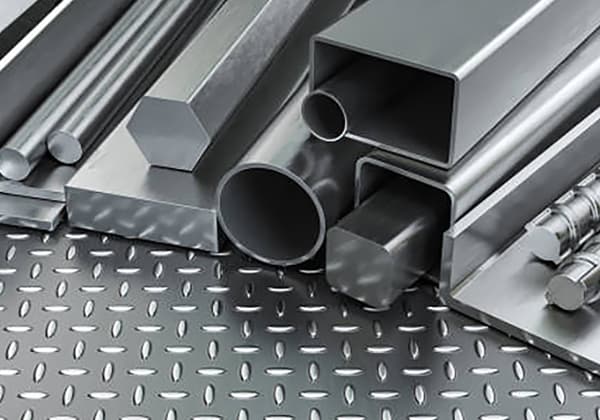
The following will be described in order of alloy system, alloy name, material characteristics, and application.
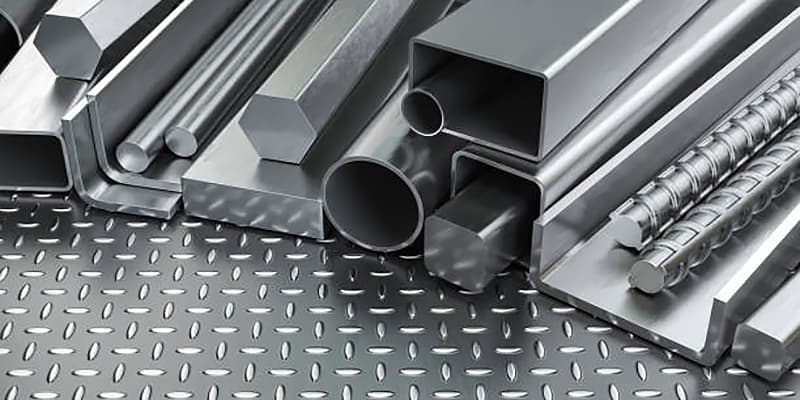
(1) 1060 – Used as a conductive material with an IACS guarantee of 61%. When strength is needed, 6061 wire is used.
(2) 1085, 1080, 1070, 1050, 1N30 – Good formability and surface processing properties. Among aluminum alloys, they have the best corrosion resistance. Because pure aluminum has low strength, the higher the purity, the lower the strength. Applications include household items, aluminum sheets, lighting fixtures, reflectors, decorations, chemical industry containers, heat sinks, welding wires, conductive materials.
(3) 1100, 1200 – AL with a purity of over 99.0%, used for general-purpose aluminum materials. After anodizing treatment, the appearance is slightly white, similar to the above. Applications include general utensils, heat sinks, bottle caps, printing plates, building materials, and heat exchanger components. 1N00 – The strength is slightly higher than that of 1100, good formability, and the same chemical properties as 1100.
(1) 2011 – A fast-cutting alloy with good cutting performance and high strength. However, it has poor corrosion resistance. When corrosion resistance is required, the 6062 series alloy is used. Applications include volume shafts, optical components, and screw heads.
(2) 2014, 2017, 2024 – These alloys contain a large amount of Cu, have poor corrosion resistance but high strength, and can be used as structural materials. Forged products are also applicable. Applications include aircraft, gears, oil-press components, and wheel axles.
(3) 2117 – After solid solution heat treatment, this alloy is used as hinge materials and is an alloy with a slow aging rate at room temperature.
(4) 2018, 2218 – Forged alloys. They have good forgeability and high-temperature strength, making them suitable for heat-resistant forging products. Corrosion resistance is poor. Applications include cylinder heads, pistons, and VTR cylinders.
(5) 2618 – A forged alloy with excellent high-temperature strength but poor corrosion resistance. Applications include pistons, rubber forming molds, and general heat-resistant components.
(6) 2219 – With high strength, good low and high-temperature characteristics, and excellent weldability, but poor corrosion resistance. Applications include low-temperature containers and aerospace machinery.
(7) 2025 – A forged alloy with good forgeability and high strength, but poor corrosion resistance. Applications include propellers and magnetic drums. 2N01 – A forged alloy that is heat-resistant and has high strength, but poor corrosion resistance. Applications include aircraft engines and oil press components.
(1) 3003, 3203 – The strength is about 10% higher than that of 1100, and it has good formability, weldability, and corrosion resistance. Applications include general utensils, heat sinks, cosmetic panels, copier drums, and shipbuilding materials.
(2) 3004, 3104 – The strength is higher than that of 3003, with superior formability and good corrosion resistance. Applications include aluminum cans, lamp caps, roof panels, and colored aluminum plates.
(3) 3005 – The strength is about 20% higher than that of 3003, and the corrosion resistance is also relatively good. Applications include building materials and colored aluminum plates.
(4) 3105 – The strength is slightly higher than that of 3003, and other characteristics are similar to those of 3003. Applications include building materials, colored aluminum plates, and bottle caps.
(1) 4032 – Good heat resistance and wear resistance, with a small thermal expansion coefficient. Applications include pistons and cylinder heads.
(2) 4043 – Good fluidity, low solidification shrinkage, and after sulfuric acid anodizing treatment, it has a natural gray color. Applications include welding wires and building panels.
(1) 5005, 5050 – The strength is the same as that of 3003, with good processing, weldability, and corrosion resistance. After anodizing, it can be well-matched in color with 6063 profiles. Applications include interior and exterior decoration of buildings, vehicle interiors, and ship interiors.
(2) 5052 – The most representative alloy of moderate strength, with good corrosion resistance, weldability, and formability, especially high fatigue strength and good seawater resistance. Applications include general sheet metal, ships, vehicles, buildings, bottle caps, and honeycomb panels.
(3) 5652 – An alloy that limits impurity elements in 5052 and inhibits hydrogen peroxide separation. Other characteristics are the same as those of 5052. Used for hydrogen peroxide containers.
(4) 5154 – The strength is about 20% higher than that of 5052, and other characteristics are the same as those of 5052. Applications include pressure vessels.
(5) 5254 – An alloy that limits impurities in 5154 and inhibits the decomposition of hydrogen peroxide. Other characteristics are the same as those of 5154. Used for hydrogen peroxide containers.
(6) 5454 – The strength is about 20% higher than that of 5052, and its characteristics are similar to those of 5154, but it has better corrosion resistance in harsh environments. Used for automobile wheels.
(7) 5056 – Superior corrosion resistance, suitable for surface finishing by cutting processing, with good anodizing treatment and dyeing properties. Applications include camera bodies, communication machine components, and zippers.
(8) 5082 – The strength is similar to that of 5083, with good formability and corrosion resistance. Applications include tank covers.
(9) 5182 – The strength is about 5% higher than that of 5082, and other characteristics are the same as those of 5082. Applications include tank covers.
(10) 5083 – A welding structural alloy. It is the highest strength corrosion-resistant alloy among practical non-heat-treatable alloys and is suitable for welding structures. Good seawater resistance and low-temperature characteristics. Applications include ships, vehicles, low-temperature containers, and pressure vessels.
(11) 5086 – The strength is higher than that of 5154, and it is a non-heat-treatable welding structural alloy with good seawater resistance. Applications include ships, pressure vessels, and magnetic disks. 5N01 – The strength is the same as that of 3003. After bright treatment, the anodizing treatment can have high brightness. It has good formability and corrosion resistance. Applications include kitchenware, cameras, decorations, and aluminum plates. 5N02 – An alloy used for dumpling nails, with good seawater resistance. Applications include dumpling nails.
(1) 6061 – A corrosion-resistant alloy of the heat-treatable type. T6 treatment can provide very high strength, but the strength of welded joints is low. Therefore, it is used for bolts, hinges, ships, vehicles, and land structures. 6N01 – An extrusion alloy with medium strength between 6061 and 6063. It has good extrudability, stamping performance, and fire resistance. It can be used as large-scale thin-walled profiles with complex shapes, with good corrosion resistance and weldability. Applications include vehicles, land structures, and ships.
(2) 6063 – A representative extrusion alloy with lower strength than 6061 and good extrudability. It can be used as profiles with complex cross-sectional shapes, with good corrosion resistance and surface treatment property. Applications include construction, highway guardrails, fences, vehicles, furniture, electrical appliances, and decorations.
(3) 6101 – High-strength conductive material. 55% IACS to guarantee conductivity of wires.
(4) 6151 – Good forging processability, with good corrosion resistance and surface treatment properties. Suitable for complex forgings. Applications include machinery and automobile components.
6262 – A fast-cutting alloy with better corrosion resistance and surface treatment properties than 2011, and the same strength as 6061. Applications include camera bodies, oxidizer components, brake components, and gas appliance components.
(1) 7072 – Low electrode potential, mainly used for corrosion-resistant cladding skins and heat exchanger heat dissipation fins. Applications include aluminum alloy composite sheet skins and heat dissipation fins.
(2) 7075 – One of the alloys with the highest strength in aluminum alloys, but it has poor corrosion resistance. The corrosion resistance can be improved by using 7072 as a cladding skin, but the cost is increased. Applications include aircraft and ski poles. 7050 – An alloy that improves the fire resistance of 7075, with good stress corrosion cracking resistance, suitable for thick plates and forgings. Applications include aircraft and high-speed rotating bodies. 7NO1 – A welding structural alloy with high strength, and the strength of the welded joint can recover to near the parent material strength when placed at room temperature. It also has very good corrosion resistance. Applications include vehicles, other land structures, and aircraft.
Described below in order of usage, applicable materials and alloy forms:
(1) Roofs made of 1050, 1100, 3105, and 5052 plates.
(2) Residences, warehouses, factories, offices, and shops use 1050, 1100, 3003, 5005, 5052, 6063 plates, shaped materials, 3) ceilings, interior walls, partitions use 1100, 5005, 6063 plates, shaped materials.
(3) Vents, handrails, lighting fixtures use 1080, 5052, 5N01, and 6063-shaped materials and plates.
(4) Doors use 1050, 1100, 5005, 5052, and 6063 plates and shaped materials.
(5) Blinds use 5052 and 5182 plates.
(6) Curtain rails and window tracks use 5052 and 6063-shaped materials and plates.
(7) Grid doors and door leaves use 5052, 6063 plates, shaped materials, and pipes.
(8) Sliding windows use 1100, 5052, and 6063-shaped materials and plates.
(9) Window frames use 6063-shaped materials.
(10) Fences use 5052, 6061, 6NO1, 6063, 5056 plates, shaped materials, and lines.
(11) Balconies use 5052, 6063, 6N01 shaped materials.
(1) Road signs use 5052, 6061, and 6063 plates and shaped materials.
(2) Highway guardrails use 6061, 6N01, 6063, 5083-shaped materials, plates, and tubes.
(3) Lighting poles use 5052, 5083, 6063 tubes.
(4) Bridges, pedestrian bridges use 5083, 6061, 6N01, 7003, 7N01-shaped materials, plates, and tubes.
(5) Soundproof walls use 1100, 5052, 6063-shaped materials, plates, and tubes.
(6) General large structures use 2014, 5052, 5083, 6061, 6N01, 6063, 7003, 7NO1-shaped materials, plates, and tubes.
(7) Trolleys use 5083, 6101, 6063, 7003-shaped materials.
(8) Overhead structures of related lines use 5052, 5083, 6061, 6NO1, 7003, 7NO1-shaped materials, plates, and tubes.
(9) Engineering pads use 7N01, 7003 shaped materials.
(10) Scaffoldings (for shipbuilding and construction) use 5052, 6N01, 6063 plates and shaped materials.
(11) Sluice gates use 5052, 5083 plates and shaped materials.
(12) Coverings use 6063 shaped materials.
(1) General decorative purposes use 1080, 1070, 1050, 6063 plates and shaped materials.
(2) Low-voltage bases, protection plates use 1100, 5052, 5082 plates.
(3) Protective boxes, capacitor boxes use 1100, 1050 plates.
(4) Electrolytic capacitors use 1085, 1070, 1050 boxes.
(5) Variable batteries use 1100, 1050, 1070, 5052 plates and foils.
(6) Volume shafts, bearings use 2011, 2017 bars and tubes.
(7) Amplifier frames use 1100, 5052 plates.
(8) Knobs use 2011, 5052, 5056, 6063, 6262 bars and plates.
(9) Switch plates use 1100, 5052 plates.
(10) Incandescent lamp metal mouth uses 3004 plates.
(11) Fluorescent lamp metal mouth uses 1100 plates.
(12) Sheath heaters use 1100, 3003, 6063 tubes.
(13) Conductive tubes 1050, 3003, 6063 shaped materials, tubes
(14) Semiconductor coolers use 1050, 6063 plates and shaped materials.
(15) TV antennas use 1100, 3003, 6063 tubes.
(16) TV cabinets use 5052 plates.
(17) VTR cylinders use 2018, 2618 bars.
(19) VTR guide rollers use 5052, 5056, 6063, 7003 shaped materials and tubes.
(19) Magnetic disks use 5086 plates.
(20) Magnetic gas drums use 2025, 2218, 4032 forged products.
(21) Radar antennas, dish antennas use 6061, 6N01, 6063 shaped materials.
(22) Motor frames use 1050, 6063 plates and shaped materials.
(23) Rotary machine coils use 1060, 6101 shaped materials; 2024, 7NO1 shaped materials; 1060, 6101, 6061, 6063 shaped materials, plates, and tubes.
(24) Cable coverings use 1050 tubes and plates.
(25) Ventilator blades use 1100, 3003, 5052 plates.
(26) Rice cookers use 1100, 3003, 3004, 5N01 plates.
(27) Heat sinks use 1100, 1200, 1050, 3003, 7072 plates.
(28) Photocopier drums use 1050, 3003, 6063 tubes.
1. Optical precision machine parts:
(1) Camera bodies use 5052, 5056, 6262 tubes and bars.
(2) Camera parts use 1100, 5N01 plates.
(3) Components use 2011, 5056, 6262 bars.
(4) Keyboards use 1050, 1100 plates.
(5) Gears, floorboards use 2014, 2017, 5083 plates.
2. Fiber-related:
(1) Belt frames use 6063, 7003 shaped materials.
(2) Textile machinery structures use 2014, 7075, 7NO1, 7003 shaped materials and bars.
(3) Spinning ropes use 2017, 2024, 7075 bars.
(4) Wire reels use 6061, 6N01, 6063, 7N01 tubes.
(5) Screens, printing and dyeing frames use 6063 shaped materials.
(6) Flywheels (Flyers) use 7003 tubes.
(7) Spinning pots use 2017, 7NO1 plates, forging.
3. Agricultural, forestry, aquatic, packaging, container-related:
(1) Transplanters, seedling boxes use 5052 plates.
(2) Lawn mower handles use 5056, 6063, 6N01, 7003 tubes.
(3) Storage rooms use 5052, 5083 plates.
(4) Water pipes use 5052, 6063 tubes.
(5) Milk collection pipes use 1050, 1100, 3003, 5052 plates.
(6) Bottle caps use 1200, 1100, 3003, 3105, 5052 plates.
(7) Aluminum foils use 3004, 5052, 5082, 5182 plates.
(8) Beer barrels use 1050 plates.
(9) Fish storage tanks use 5052, 5083 plates.
(10) High-pressure cylinders for underwater breathing use 2017, 5056 forged products.
(11) Liquefied gas cylinders use 5052, 5083 plates.
(12) Packaging containers use IN30, 8021, 8079 foils.
(13) Ball bats use 6061, 6N01, 6063, 7001, 7178 tubes.
(14) Bows and arrows use 2024, 7075, 7078 tubes.
(15) Rackets use 6061, 6N01, 6063, 7N01, 7003 shaped materials.
(16) Nameplates use 1050, 1070, 1080 plates.
(17) Printing plates use 1050, 1100, 3003 plates.
(18) Swimming pools use 5052, 5083, 6063 plates and shaped materials.
(1) LNG gas cylinder evaporator equipment made of 3003, 5052, 5083, and 6063 plates, tubes, and profiles.
(2) Air and gas separation equipment made of 1050, 1100, 3003, 4043, 5052, 5083, 5154, 6063, 6151, and 6951 tubes, profiles, and plates.
(3) Chemical container pipes made of 1050, 1070, 3003, 5052, and 5083 plates, tubes, and clad materials.
(4) Hydrogen peroxide equipment made of 1070, 1080, 5652, and 5254 tubes, plates, and bars.


